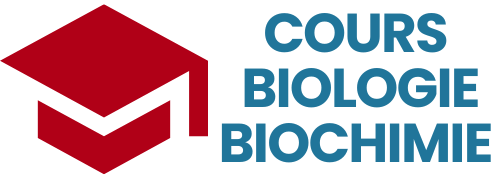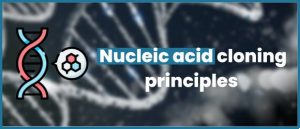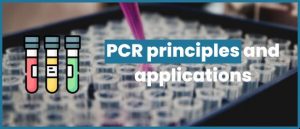DNA and RNA isolation are essential techniques in molecular biology since they are the first steps in the analysis of genome structure and gene expression and function. Nearly all molecular biology techniques and approaches start with extraction of nucleic acids. The quantity, quality and integrity of DNA and RNA will directly affect the results of the investigation.
This chapter is devoted to description of the principles of nucleic acid extraction not the protocols which are so diverse. In fact, among the multitude of extraction methods, there is no a perfect one since each method has advantages and disadvantages. Choice of the method depends on which DNA or RNA we want (genomic, plasmid, mitochondrial or chloroplast DNA, total RNA, mRNA, nuclear RNA,…) as well as on the required quantity and quality in terms of degradation and contamination.
An effective extraction method should yield a nucleic acid without major contaminants. Moreover, it should be efficient and nonselective; that is most of the cellular nucleic acids, and all its species, should be isolated and purified with equal efficiency. The method should not physically or chemically alter the purified molecules neither break them. In addition, the extraction method should be relatively fast and simple enough since it is just the beginning of the experiment and not an end in itself.
This subject is continued on this website in the pdf entitled “principles of DNA and RNA extraction” under the section “chapitre de cours” or you may click here to download the pdf.



